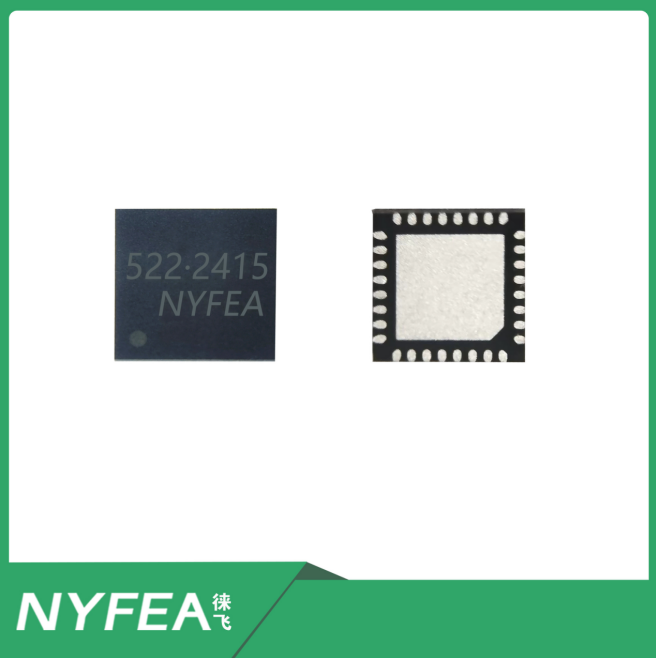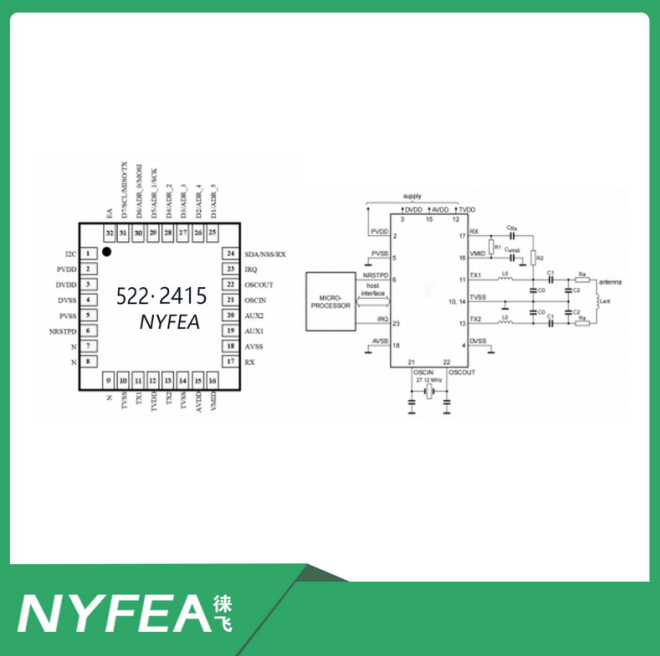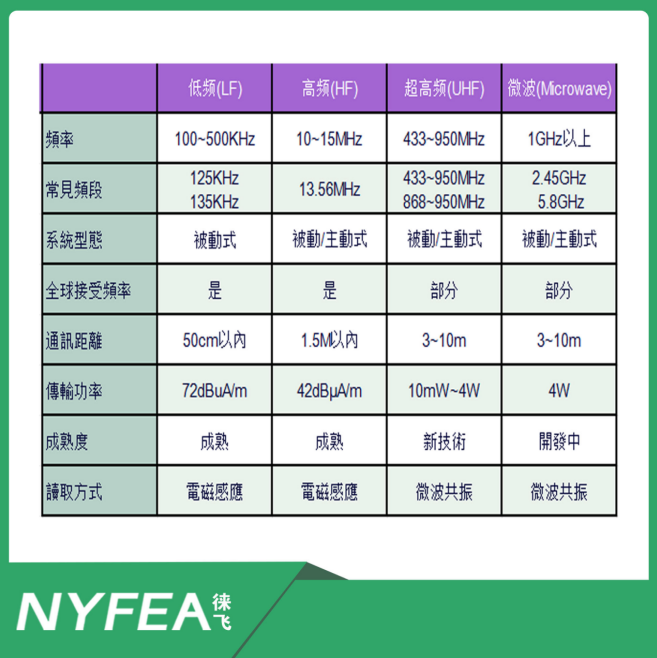High Frequency (HF) in RFID Radio Frequency Identification
RFID, which stands for Radio Frequency Identification, is a contactless automatic identification technology. It enables non-contact bidirectional data communication through wireless radio frequency signals, allowing reading and writing of electronic tags or RF cards. This facilitates data exchange between readers and tags, achieving the purpose of target identification and data exchange.
The basic components of an RFID system include RFID electronic tags, readers, and application software, forming an automatic identification system that utilizes radio frequency identification technology for data collection and transmission.
Typically, when an RFID electronic tag enters the electromagnetic field emitted by a reader, the induced current obtained from the antenna is converted into power for the chip through a boost circuit. Simultaneously, the energy acquired from the induced current is converted into a digital signal by the RF front-end circuit and sent to the logic control circuit for processing. Information requiring a response is then transmitted from the tag's memory, sent back through the logic control circuit to the RF front-end circuit, and finally returned to the reader via the antenna.


Based on frequency, RFID tags can be categorized into Low Frequency (LF) tags, High Frequency (HF) tags, Ultra-High Frequency (UHF) tags, and Microwave tags.

HF (High Frequency) RFID tags typically operate at 13.56MHz. During data exchange with the reader, the tag must be within the near-field region of the reader antenna radiation. HF tags are widely used in electronic tickets, electronic ID cards, bank cards, residential property management, and building access control systems.
The upstream components of HF RFID primarily include chips and antennas. Chips are divided into tag chips and reader chips. Common card types in daily life, such as bank cards, transit cards (all-in-one cards), campus cards, access cards, hotel cards, and various membership cards for consumption, are mostly HF RFID products. Tickets for large entertainment events like concerts, carnivals, and festivals also utilize HF RFID products. In terms of frequency band, ID cards and social security cards also belong to HF RFID products.
Tag applications represent a rapidly growing field for HF RFID. Compared to card products, tags are smaller, thinner, lighter, and lower in cost. Current prominent usage scenarios for HF RFID tags include libraries and archives, anti-counterfeiting and traceability, and unmanned retail. Tag applications are primarily driven by item-level requirements, offering greater potential in terms of volume, making them the main incremental market for HF RFID. Furthermore, unlike cards which have long usage cycles, tag products are often disposable consumables in many fields, leading to faster market refresh rates.
In the financial sector, HF RFID is primarily used in various bank cards, including debit cards, credit cards, and similar card products. Another application scenario in finance is personnel identity verification, as the financial system handles valuable assets requiring strict authentication during storage and inventory checks.
HF RFID has extensive applications in transportation, most notably in public transit cards and corresponding reader equipment. Common transit cards include bus cards and subway cards (including temporary cards). The access control market is another common application for HF RFID, encompassing residential communities, industrial parks, office buildings, hotel apartments, and numerous other scenarios requiring access cards. Common forms include card-based access systems and key fob access systems.
Similar to transit cards, access cards in China are also being replaced by emerging technologies such as smartphones, fingerprint recognition, and facial recognition, which are rapidly eroding the access card market. Campuses, where numerous students congregate for study and life, utilize campus cards for various activities including dining, shopping, water and electricity usage, library borrowing, medical visits, and building access, involving payment, identity authentication, and utility management.
Due to their high security and ability to interact with mobile phones, HF RFID tags are very suitable for anti-counterfeiting and traceability.
The use of HF RFID tags for anti-counterfeiting and traceability is already common in the market, especially for high-value products where the need for such features is strong.
The library and archives sector is also a significant application scenario for HF RFID tags.
Beyond the aforementioned applications, HF RFID has many other uses, particularly in ticketing and card scenarios, such as consumer membership cards, hospital medical cards, and tickets for large entertainment events and performances. HF RFID tags are also used in scenarios like smart cabinets within unmanned retail, where annual tag shipments in China reach tens of millions for these applications alone.
Furthermore, HF RFID tags find applications in scattered scenarios across healthcare, industry, agriculture, and other fields.
NYFEA Nyfea Launches RFID Chip
Universal Contactless Communication Chip NF522 (Replaces NXP's MFRC522, MFRC523; Fudan Micro's FM550 or FM580)
The NF522 is a highly integrated chip operating at 13.56MHz, manufactured using 0.18-micron CMOS process technology. It features low voltage, low power consumption, support for multiple interfaces, and multi-protocol compatibility. It is suitable for low-power, low-voltage, and low-cost contactless reader applications. It supports the following three protocol operation modes:
Supports reader mode compliant with ISO/IEC 14443 TYPE A protocol
Supports reader mode compliant with ISO/IEC 14443 TYPE B protocol
Supports reader mode compliant with ISO 15693 protocol
Application Fields
Healthcare, Financial POS Systems, Smart Door Locks, Digital Keys, Consumables Anti-Counterfeiting, Charging Piles, Access Control/Transit/Campus Card Systems, and related market fields.

